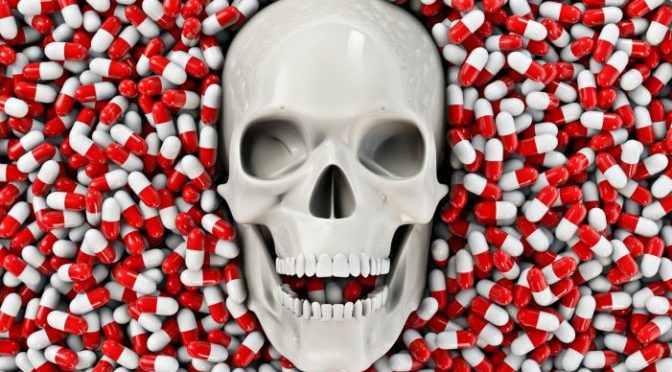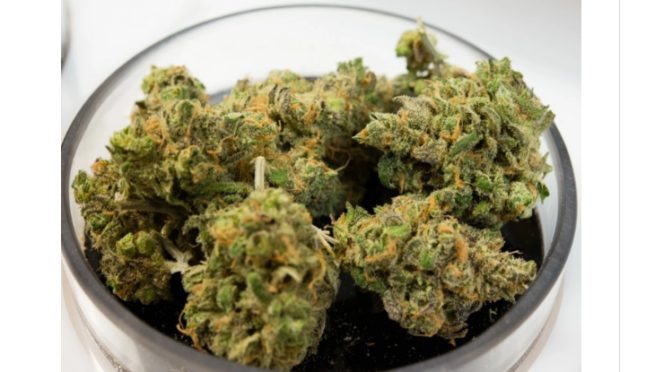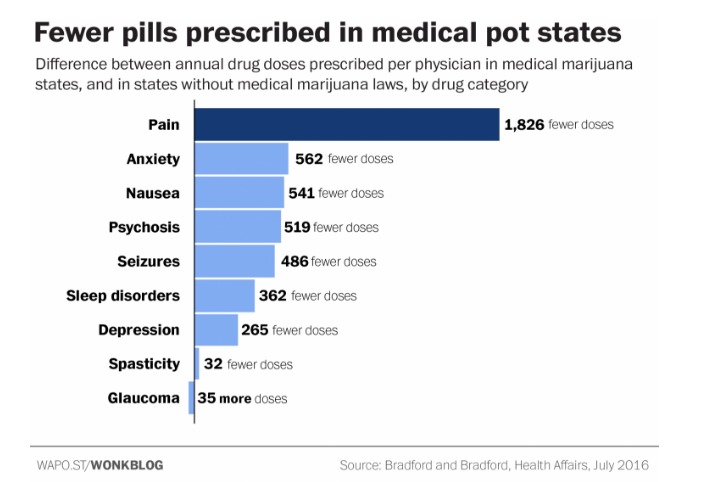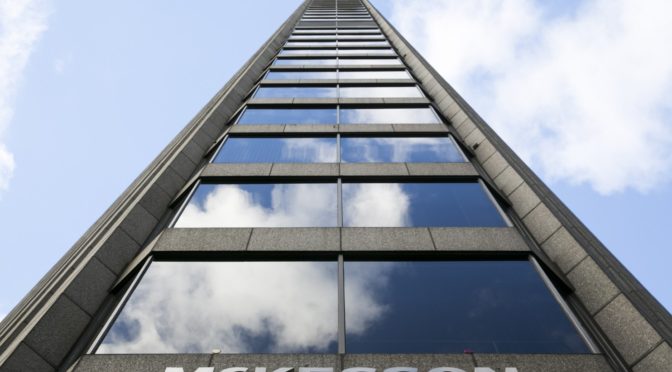By on
Big Pharma Promotes Legal Drug Addiction
Many of us believe that Big Pharma must be held accountable for this dangerous opioid trend, especially since several have been caught lying about the benefits and risks of their drugs.
As noted by the Organic Consumers Association (OCA), the drug industry has “fostered the opioid addiction epidemic” in several ways, by:
- Introducing long-acting opioid painkillers like OxyContin, which prior to reformulation in 2010 could be snorted or shot. Many addicts claimed the high from OxyContin was better than heroin. In fact, from a chemical standpoint, OxyContin is nearly identical to heroin, and has been identified as a major gateway drug to heroin.
- Changing pain prescription guidelines to make opioids the first choice for lower back and other pain conditions that previously did not qualify for these types of drugs. Even the World Health Organization (WHO) has had a hand in this problem, although it restricted its promotion of narcotic painkillers to cancer patients.
- Promoting long-term use of opioids, even though there’s no evidence that using these drugs long term is safe and effective
- Downplaying and misinforming doctors and patients about the addictive nature of opioid drugs. OxyContin, for example, became a blockbuster drug mainly through misleading claims, which Purdue Pharma knew were false from the start. The basic promise was that it provided pain relief for a full 12 hours, twice as long as generic drugs, giving patients “smooth and sustained pain control all day and all night.”However, for many the effects do not last anywhere near 12 hours, and once the drug wears off, painful withdrawal symptoms set in, including body aches, nausea and anxiety. These symptoms, in addition to the return of the original pain, quickly begin to feed the cycle of addiction.7
A 2015 article in The Week does a great job revealing the promotional strategy developed by Purdue, and backed by the US Food and Drug Administration (FDA), that has led to such enormous personal tragedy.
As noted in this article: “The time-release conceit even worked on the FDA, which stated that ‘Delayed absorption, as provided by OxyContin tablets is believed to reduce the abuse liability of a drug.’”
Other recent research has found that medical marijuana lowers prescription drug use.
The Big Q: Could that be why it hasn’t been rescheduled?
There are no other truly compelling reasons why addictive narcotics like OxyContin are legal, while marijuana, which is extremely unlikely to kill even if one take very high amounts is not.
++++++
Read Full Article – http://www.livetradingnews.com/big-pharma-promotes-legal-drug-addiction-10406.html#.V6F8KZMrKRs




